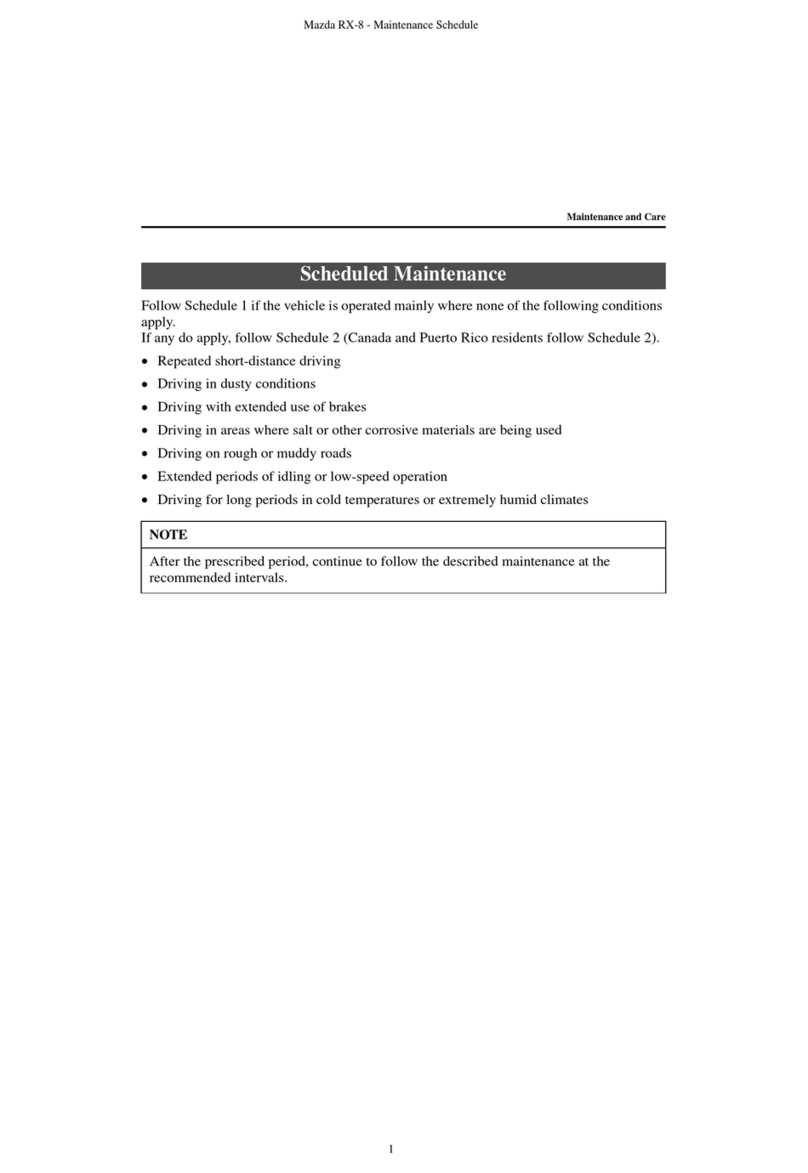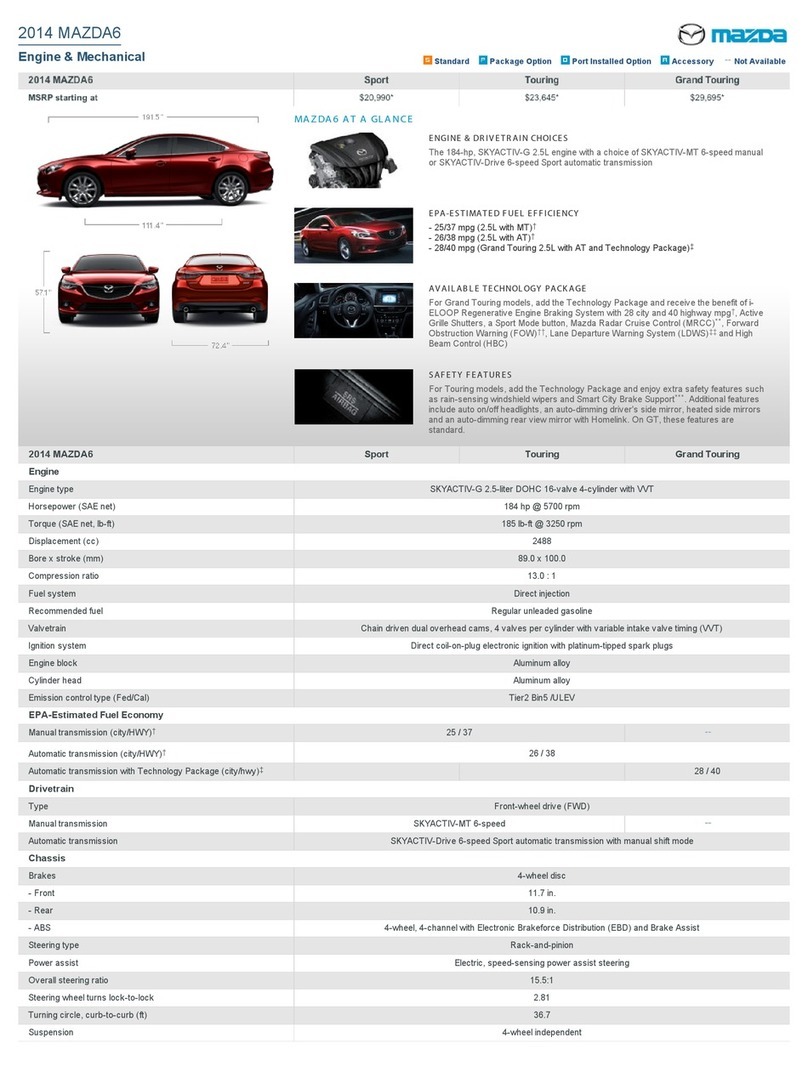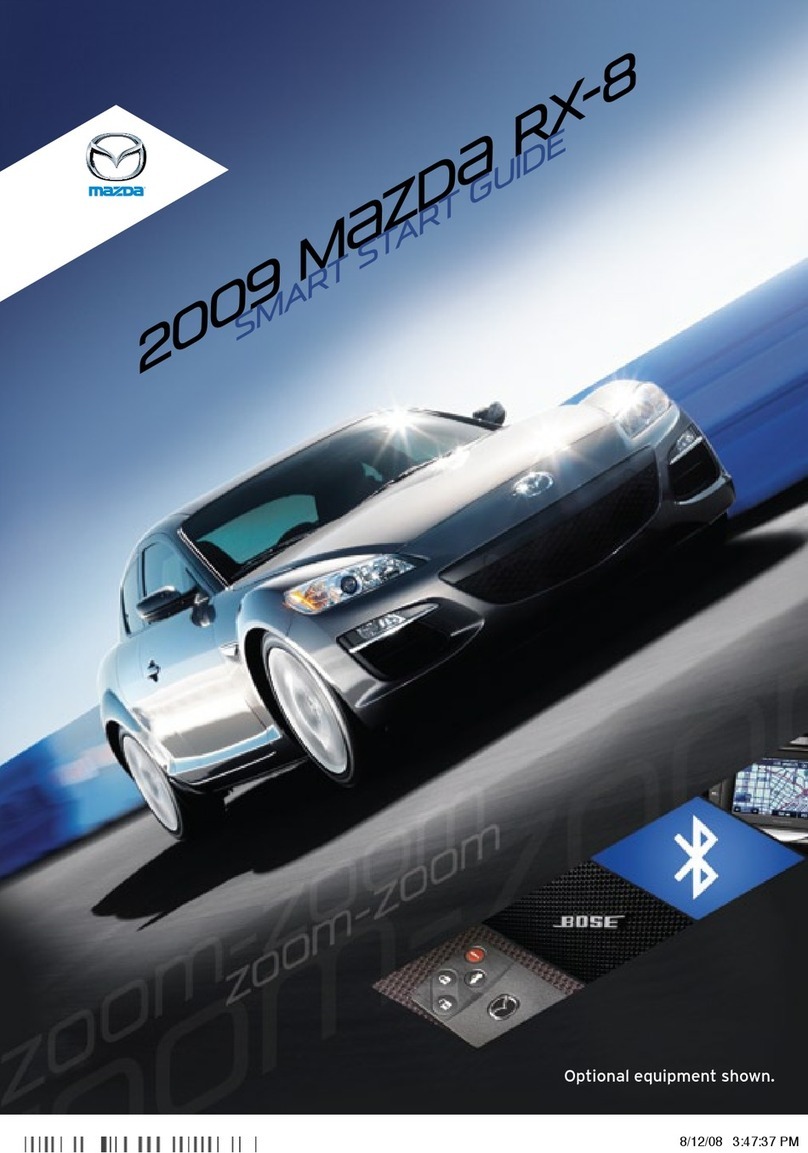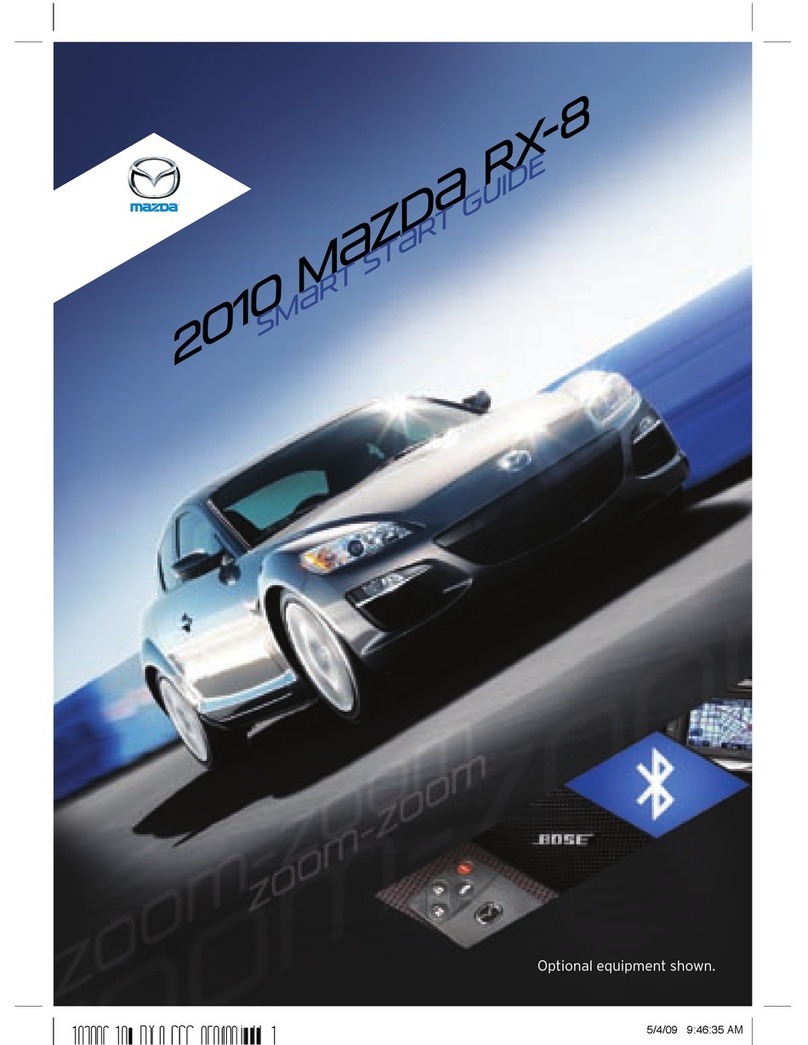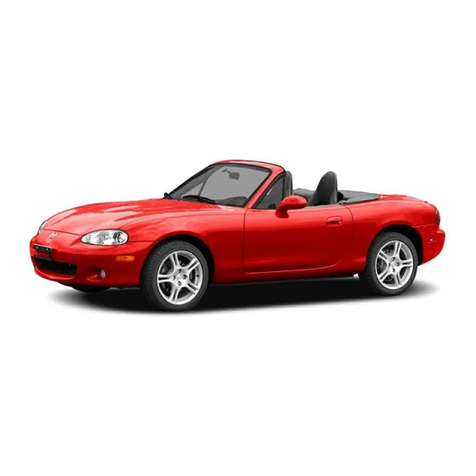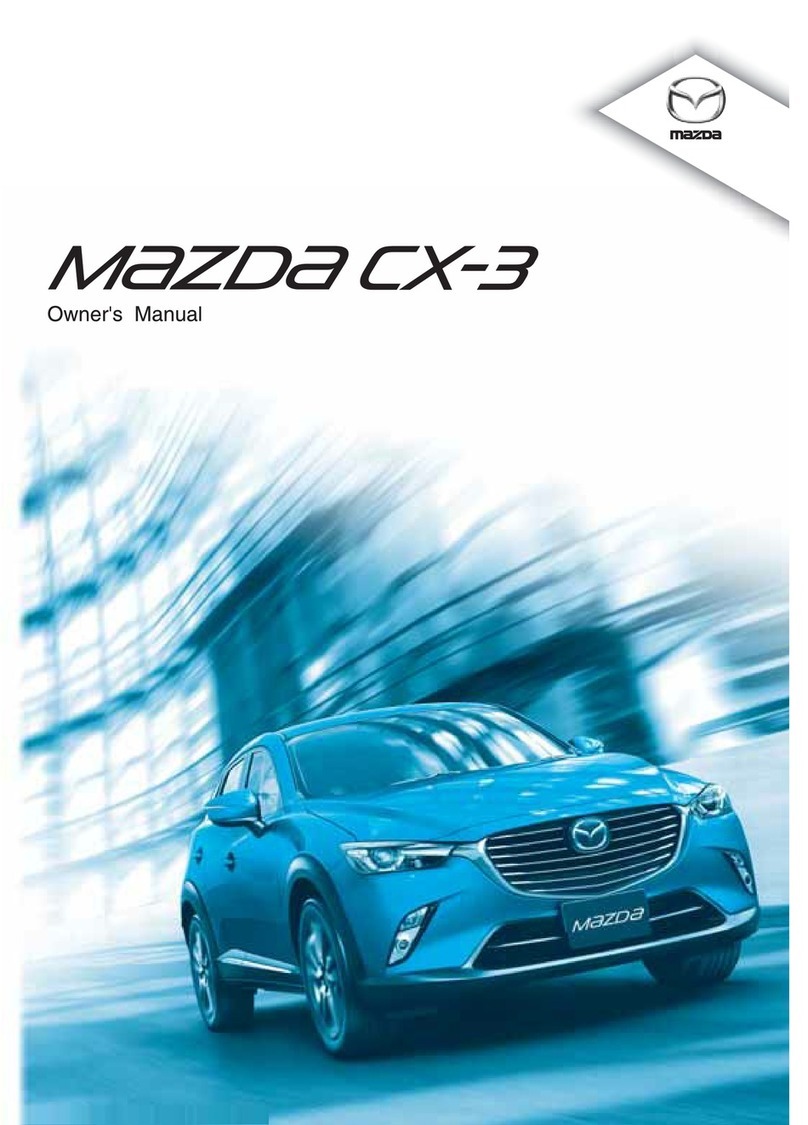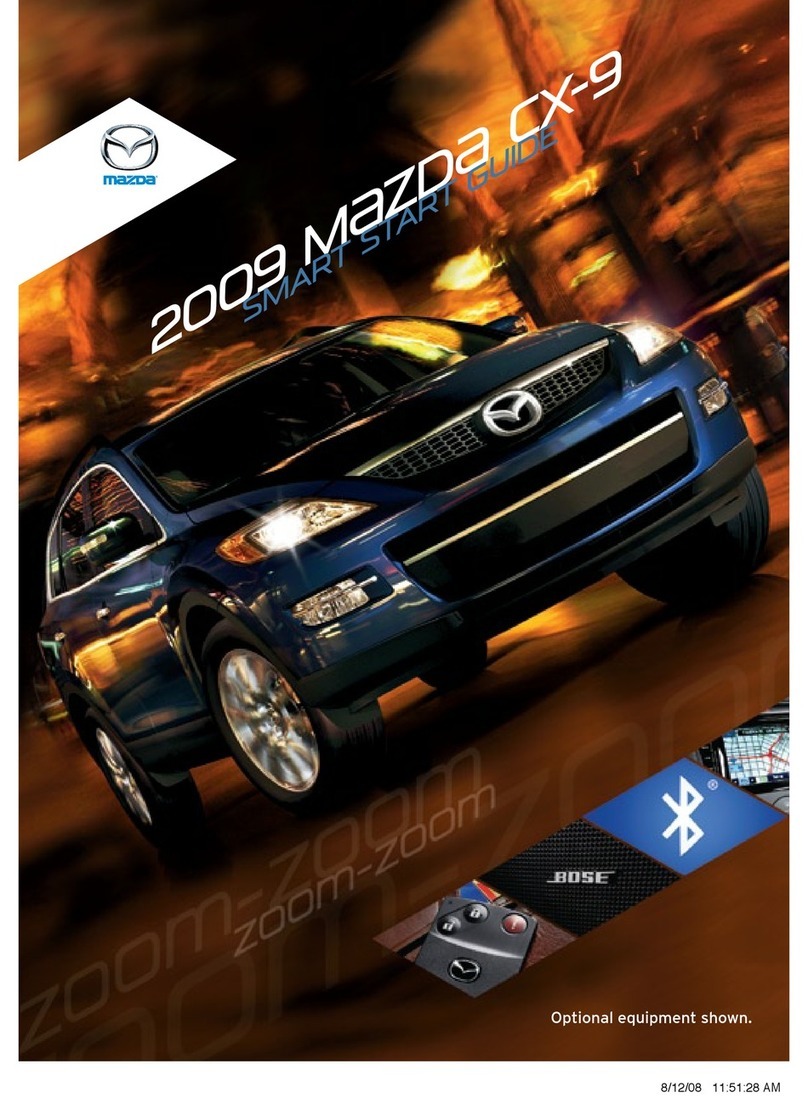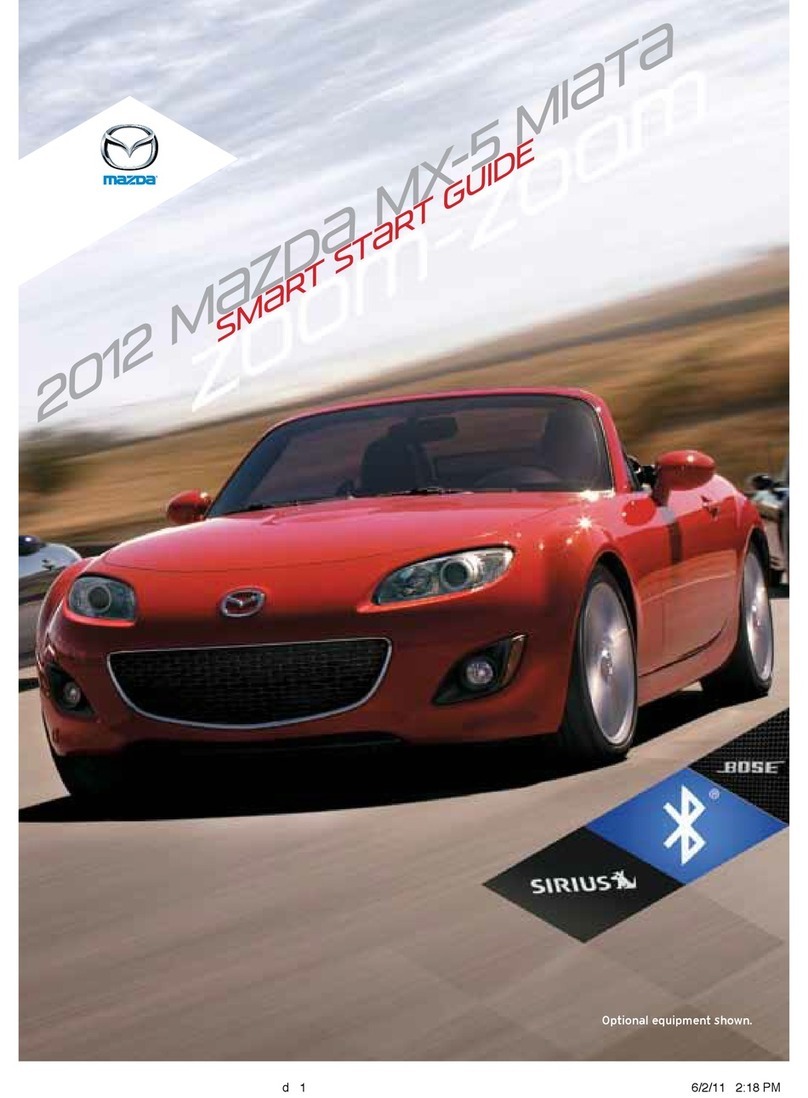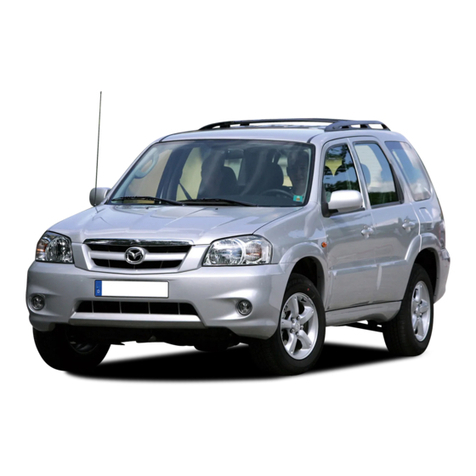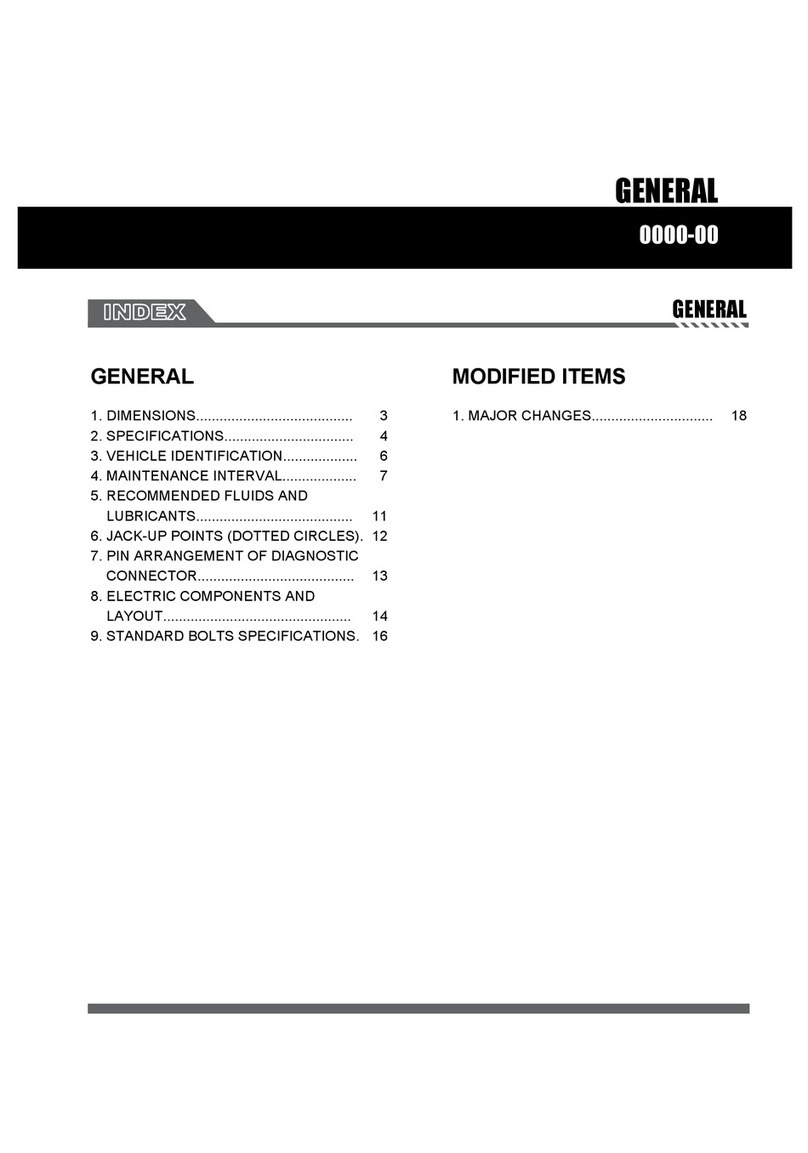GI
IMPORTANT INFORMATION
IMPORTANT INFORMATION
BASIC ASSUMPTIONS
This workshop manual assumes that you have certain special tools that are necessary for the safe and effi-
cient performance of service operations
on
Mazda vehicles and that you know how to use them properly.
It
also assumes that you are familiar with automobile systems and basic service and repair procedures. You
should not attempt to use this manual unless these assumptions are correct and you understand the conse-
quences described below.
SAFETY RISK
This manual contains certain notes, warnings, and other precautionary information that you should carefully
read and follow to reduce the risk
of
personal injury to yourself or others and the risk of improper service
that may damage the vehicle or render
it
unsafe.
If
there
is
no such information
in
regard to any specific
service method, this does not mean there
is
no possibility that personal safety or vehicle safety will be
jeopardized by the use of incorrect methods or tools.
POSSIBLE LOSS OF WARRANTY
The manufacturer's warranty on Mazda vehicles and engines can be voided
if
improper service or repairs
are performed by persons other than those
at
an Authorized Mazda Dealer.
WARNING ON LUBRICANTS AND GREASES
Avoid
all
prolonged and repeated contact with mineral oils, especially used oils. Used oils contaminated
during service (e.g., engine sump oils) are more irritating and more likely to cause serious effects, including
skin cancer,
in
the event of gross and prolonged skin contact.
Wash skin thoroughly after work involving oil.
Protective hand cleaners may be of value provided they can be removed from the skin with water. Do not
use gasoline, paraffin, or other solvents to remove
oil
from the skin.
Lubricants and greases may be slightly irritating to the eyes.
Repeated or prolonged skin contact should be avoided by wearing protective clothing. Particular care should
be taken with used oils and greases containing lead. Do not allow work clothing to be contaminated with
oil. Dry clean or launder such clothing
at
regular intervals.
05UGIX-002
GI-2
-
-
